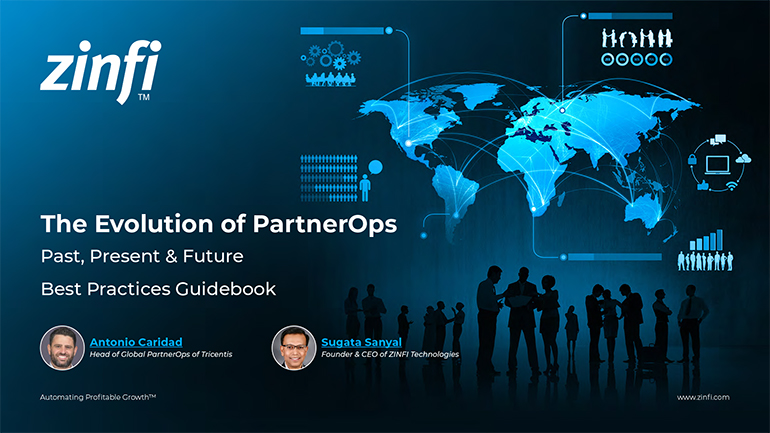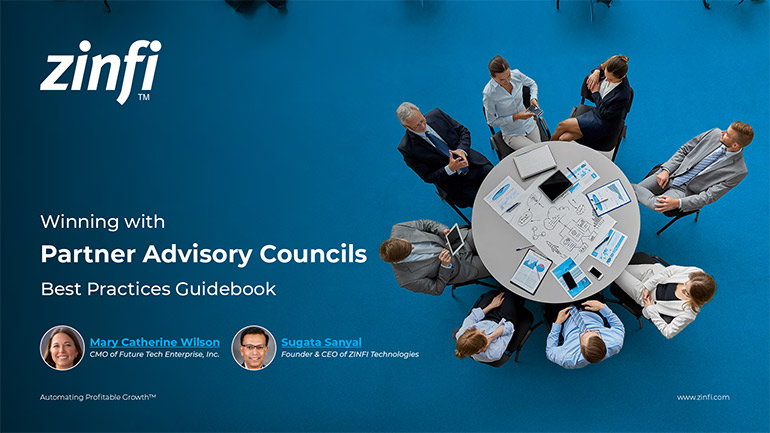Glossary - How to - Channel Partner Enablement
How to Implement Channel Partner Enablement?
Introduction
What Is Channel Partner Enablement?
Channel partner enablement refers to strategic processes for equipping channel partners with the necessary tools, training, and resources to effectively market, sell, and support a vendor’s products or services. It is an integral part of Partner Relationship Management (PRM) and is crucial for businesses that rely on indirect sales channels to expand their market reach and increase revenue.
Effective channel partner enablement ensures that partners are well-informed, motivated, and equipped with the necessary marketing and sales assets. Organizations can drive partner engagement, boost sales performance, and strengthen long-term partnerships by implementing a structured enablement strategy.
Why Is Channel Partner Enablement Important in PRM?
In the realm of Partner Relationship Management (PRM), enablement is a core component that determines the success of a channel program. A well-executed enablement strategy helps partners understand the vendor’s products, align with its business goals, and effectively communicate value propositions to potential customers.
With an appropriate enablement framework in place, organizations can:
- Improve partner sales efficiency
- Reduce time-to-market for new offerings
- Increase partner retention and loyalty
- Ensure consistent brand messaging across indirect sales channels
- Enhance customer satisfaction through well-trained partners
Key Takeaways:
Develop a Structured Partner Onboarding Process
The first step in channel partner enablement is establishing a comprehensive onboarding process. A well-structured onboarding program ensures that partners quickly gain the knowledge and skills to succeed.
Key elements of an effective onboarding program include:
- A welcome kit with company and product overviews
- Online and in-person training sessions
- Interactive tutorials and webinars
- Access to a dedicated partner portal
- A clear roadmap for certification and performance tracking
A strong onboarding experience sets the foundation for long-term collaboration and empowers partners to become productive.
Provide Continuous Training and Certification Programs
Training should not end after onboarding. Ongoing education and certification programs help partners stay updated with product enhancements, industry trends, and competitive positioning.
Key training strategies include:
- Regular webinars and workshops
- Self-paced e-learning modules
- Role-based training programs for sales, technical, and marketing teams
- Gamification elements such as badges and incentives for completing certifications
Organizations can ensure their partners remain competent and motivated by offering continuous learning opportunities.
Equip Partners with Sales and Marketing Assets
Partners require high-quality marketing and sales materials to promote and sell a vendor’s products effectively. Providing ready-to-use resources saves time and enables partners to execute campaigns effectively.
Essential enablement resources include:
- Product brochures and datasheets
- Case studies and testimonials
- Sales playbooks and objection-handling guides
- Digital marketing assets (email templates, social media posts, landing pages)
- Demo videos and technical documentation
A well-stocked partner portal with easy access to these resources enhances partner engagement and effectiveness.
Leverage PRM Technology for Seamless Collaboration
Partner Relationship Management (PRM) platforms play a crucial role in channel partner enablement by centralizing all necessary tools and resources in a single platform. PRM solutions streamline communication, training, and performance tracking.
Key PRM functionalities that support enablement include:
- Automated training and certification tracking
- Sales performance dashboards
- Co-branded marketing campaign management
- Deal registration and lead management
- AI-driven recommendations for training and resources
Investing in a robust PRM platform enhances partner engagement and simplifies enablement processes.
Implement Performance Measurement and Feedback Mechanisms
A successful enablement program requires continuous monitoring and optimization. By tracking key performance indicators (KPIs) and collecting feedback from partners, vendors can refine their strategies for better results.
Crucial KPIs to track include:
- Partner sales performance and revenue contribution
- Training completion rates and certification achievements
- Marketing campaign engagement and conversion rates
- Deal registration and pipeline growth
- Partner satisfaction scores
Regular feedback sessions, surveys, and performance reviews help identify gaps in enablement efforts and drive continuous improvements.
Summary of Key Takeaways:
- Structured onboarding is critical for ensuring partners quickly become productive and aligned with business goals.
- Continuous training and certification keep partners updated and enhance their ability to sell and support products effectively.
- Providing sales and marketing assets empowers partners with the tools they need to execute successful campaigns.
- Leveraging PRM technology streamlines partner management improves collaboration, and increases engagement.
- Performance measurement and feedback mechanisms help optimize enablement strategies and drive continuous improvement.
Industry-Specific Applications of Channel Partner Enablement
- Automotive Manufacturing: Automotive companies use partner enablement to train dealerships on new vehicle features, financing options, and after-sales services. Providing digital tools for customer engagement enhances the buying experience.
- Consumer Electronics: Consumer electronics brands enable retail partners with in-depth product knowledge, interactive demos, and marketing campaigns to boost in-store and online sales.
- Energy Production: Energy companies empower distributors and resellers with training on renewable energy solutions, regulatory compliance, and sustainable adoption initiatives.
- Financial Services: Banks and fintech firms equip channel partners with compliance training, financial product education, and co-branded marketing materials to increase customer acquisition.
- Food and Beverage: Manufacturers enable partners with supply chain management tools, merchandising strategies, and product training to optimize retail and distribution performance.
- Healthcare Services: Healthcare providers train channel partners on medical devices, compliance regulations, and patient engagement strategies to ensure high-quality care.
- Information Technology: IT vendors implement partner enablement programs with certification courses, sales incentives, and deal registration systems to drive software and hardware adoption.
- Pharmaceutical Development: Pharmaceutical firms enable distributors with regulatory training, product guides, and compliance monitoring tools to streamline the drug distribution process.
- Retail Industry: Retail brands provide partners with omnichannel marketing strategies, point-of-sale (POS) training, and inventory management tools to improve sales performance.
- Telecommunications: Telecom providers train channel partners on service plans, infrastructure solutions, and customer retention strategies to enhance subscriber growth.
Conclusion:
Channel partner enablement is a fundamental component of a successful Partner Relationship Management (PRM) strategy. By implementing structured onboarding, continuous training, and performance tracking, organizations can empower their partners to drive business growth. Leveraging PRM technology further enhances enablement efforts, ensuring seamless collaboration and improved partner performance.
Investing in a robust channel partner enablement strategy results in stronger relationships, increased sales, and long-term success in an increasingly competitive marketplace.
Associated Keywords:
- Partner Sales Enablement
- PRM Strategy
- Channel Partner Training















